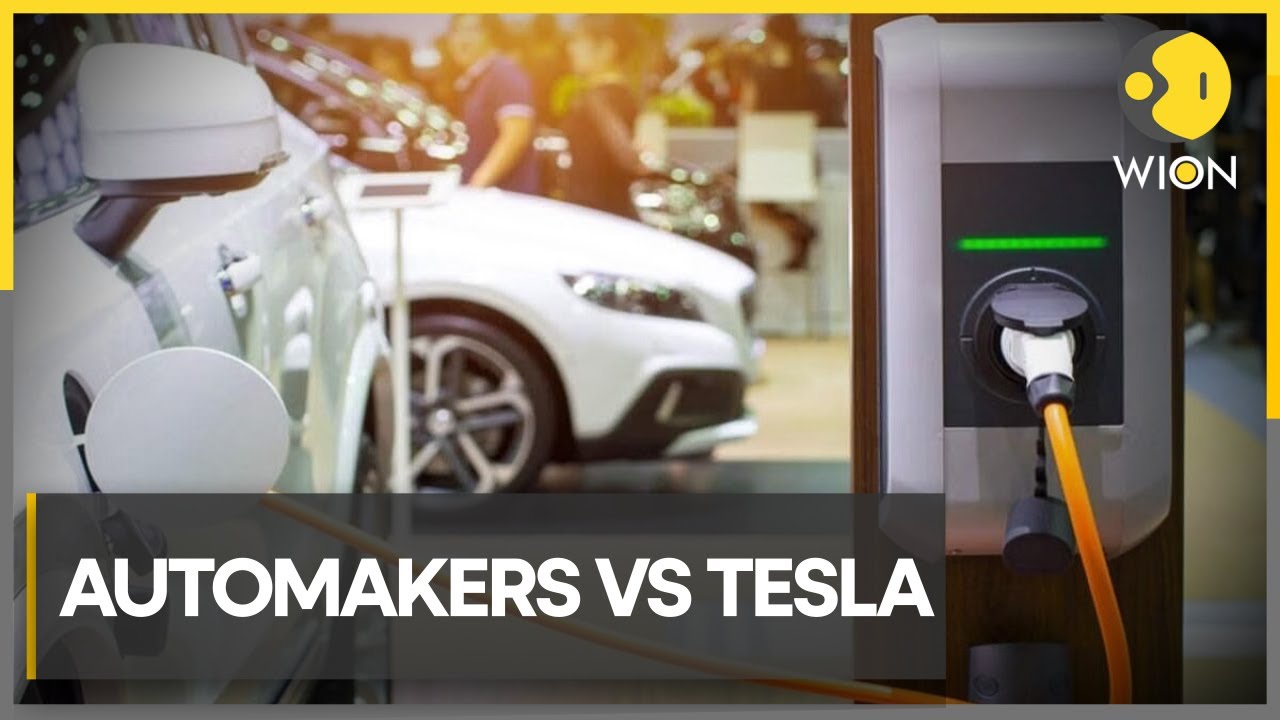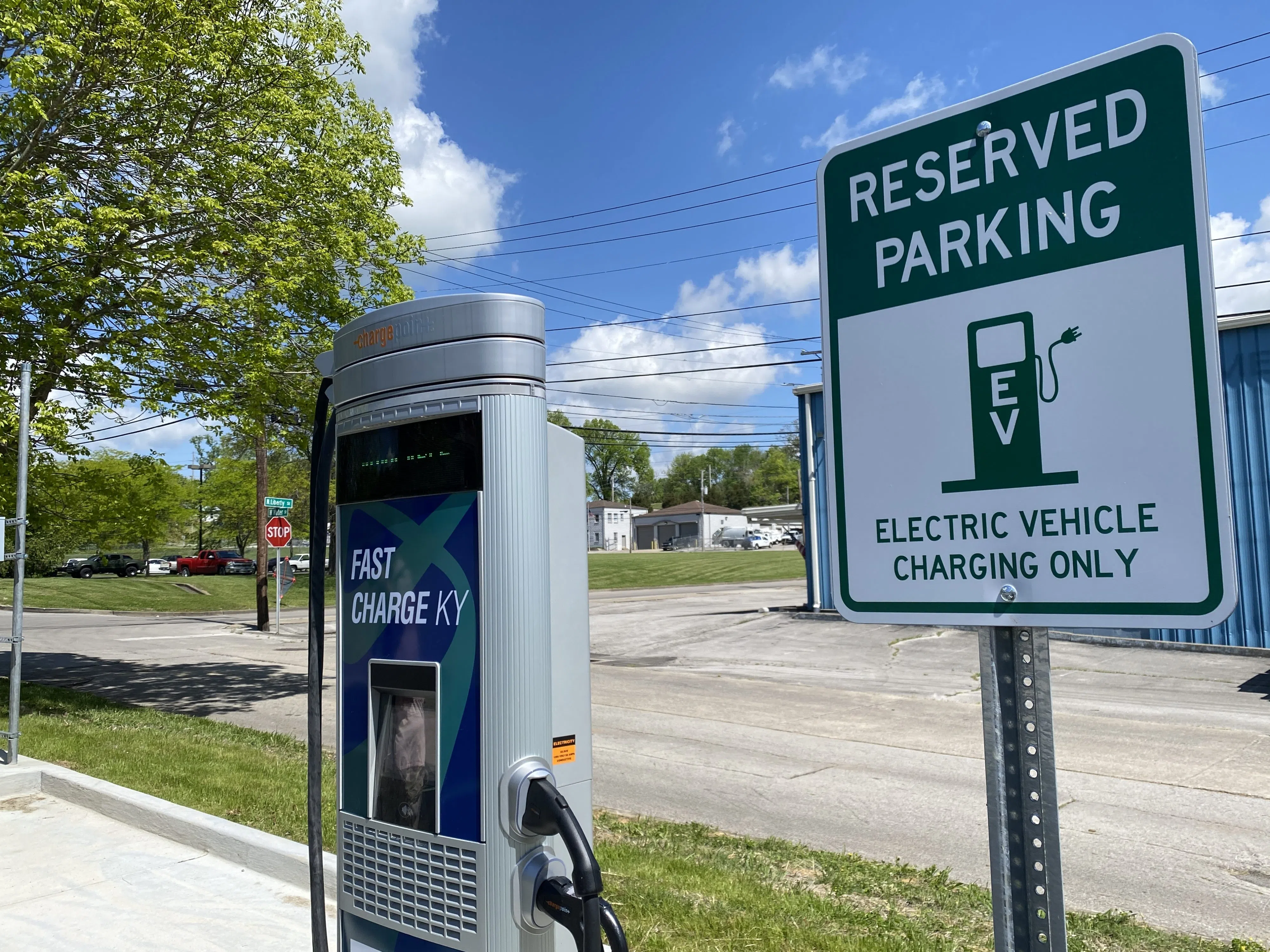What’s Driving the Growth of EV Infrastructure? Buy EV Charging news for Key Updates
What’s Driving the Growth of EV Infrastructure? Buy EV Charging news for Key Updates
Blog Article
Top EV Charging News: Secret Updates on Framework and Innovation

Current Improvements in Fast-Charging Modern Technology

In addition, advancements in battery innovation, including enhanced thermal monitoring systems and greater energy density batteries, enhance fast-charging capabilities. These developments reduce the risk of battery destruction throughout rapid charging, making certain long life and performance for EV proprietors.
Furthermore, the integration of smart charging remedies is boosting individual experience, enabling real-time surveillance and vibrant rates designs. EV Charging news. This versatility allows drivers to enhance charging times and expenses based upon grid demand
As car manufacturers continue to purchase fast-charging networks, the collaboration between industry stakeholders is vital. Collaborations in between billing station suppliers and vehicle manufacturers are leading the way for extensive coverage, inevitably promoting an extra robust EV environment. These developments are essential in supporting the shift to sustainable transportation.
Government Efforts for Billing Expansion
Government efforts play an essential duty in the expansion of electric automobile (EV) charging infrastructure, helping with the transition to lasting transport. Different federal and state programs are being implemented to boost billing ease of access, reduce the monetary problem on consumers, and advertise the fostering of electrical lorries.
Significantly, the U.S. government has alloted substantial funding with the Facilities Financial Investment and Jobs Act, which sets aside $7.5 billion for EV billing network growth throughout the country. This funding is targeted at releasing thousands of new billing stations, specifically in underserved areas, thus addressing range anxiety amongst possible EV buyers.
Additionally, various states are enacting regulations to improve the permitting procedure for billing terminal setups, which is critical for speeding up deployment. Incentives such as tax obligation credits and rebates for both consumers and services are likewise being presented to motivate the setup of charging facilities.
Furthermore, public-private partnerships are significantly coming to be a focus, leveraging exclusive financial investment to match government financing. These initiatives emphasize a joint technique essential for developing a efficient and comprehensive EV billing network, inevitably adding to a greener and even more sustainable future.
Innovative Battery Solutions Enhancing Performance
Changing the landscape of electric vehicle (EV) technology, innovative battery remedies are considerably improving effectiveness and performance. Advancements in battery chemistry, especially with lithium-sulfur and solid-state batteries, are leading to increased energy density, which enables for longer ranges and faster charging times. These new battery kinds have the potential to outperform typical lithium-ion batteries by offering greater capabilities while decreasing weight, therefore improving overall car effectiveness.
Additionally, growths in battery administration systems (BMS) are maximizing energy usage and prolonging battery lifespan. Intelligent algorithms keep an eye on battery health and efficiency, allowing real-time modifications to billing and discharging processes. This not just enhances the performance of the battery yet additionally makes certain an extra trustworthy and sustainable energy source for EVs.
In addition, the combination of reusing technologies is addressing the ecological influence of battery production and disposal. Technologies in second-life applications for EV batteries are facilitating their use in power storage space systems, adding to a circular economic situation.
As these innovative battery remedies remain to develop, they assure to change the EV market, making electric lorries extra available and attractive to a more comprehensive audience while supporting worldwide sustainability objectives.

Collaboration Between Automakers and Charging Networks
Acknowledging the important need for a robust billing framework, car manufacturers are progressively working together with charging network carriers to improve the EV ownership experience (EV Charging news). These collaborations aim to create a seamless billing community that profits consumers and supports the shift to electric lorries
Significant automotive brand names are joining pressures with established charging networks to expand their charging station protection, guaranteeing vehicle drivers have accessibility to practical and trustworthy charging options. Collaborations with networks like ChargePoint and Electrify America permit automakers to incorporate charging options directly right into their automobiles' navigation systems, leading individuals to the nearest terminals and supplying real-time accessibility updates.
Additionally, these collaborations often cause the advancement of fast-charging technologies that significantly lower the moment required to reenergize an EV. By merging sources and know-how, automakers and billing networks can introduce quicker, creating options that meet the expanding need for electric mobility.
Furthermore, joint initiatives may likewise lead to even more standardized billing methods, which can ease consumer complication and promote wider EV fostering. Generally, these calculated partnerships are pivotal in developing a user-friendly and reliable charging framework that meets the demands of a broadening electrical vehicle market.
Obstacles Dealing With EV Charging Infrastructure
As the electrical car market proceeds to grow, several challenges are surfacing that hinder the development of a comprehensive billing infrastructure. Among the key obstacles is the not enough variety see here of billing terminals, specifically in underserved and rural city areas. This gap creates variety stress and anxiety among potential EV purchasers, deterring them from making the button.
In addition, the look at this web-site lack of standardization accountable modern technology complicates the framework landscape. Variants in plug types and charging speeds can produce complication for individuals and enhance operational intricacies for charging network drivers. Furthermore, the combination of charging terminals into existing electric grids presents considerable difficulties. Many areas face ability restrictions, requiring substantial investments in grid upgrades to suit increased demand.
One more pressing problem is the high price related to the setup and upkeep of charging stations, which can be a barrier for both personal organizations and public entities. Ultimately, regulative obstacles and zoning limitations can delay the implementation of billing facilities, restraining progress in broadening essential solutions. Addressing these challenges will certainly be critical for fostering a robust EV environment that sustains the shift to lasting transportation.
Conclusion
In conclusion, the recurring improvements in EV charging innovation, sustained by significant government efforts and ingenious battery solutions, are vital for the development and effectiveness of electric lorry infrastructure. Collaborations in between car manufacturers and billing service providers even more enhance terminal insurance coverage, addressing the expanding need for easily accessible billing options. In spite of difficulties that persist within the EV charging landscape, these advancements indicate a favorable trajectory towards an extra reliable and sustainable electric vehicle ecological community.
Developments in billing infrastructure look at here have led to the advancement of ultra-fast battery chargers qualified of providing up to 350 kW of power, substantially decreasing billing times. Variations in plug kinds and billing rates can produce complication for individuals and boost functional complexities for charging network drivers.In final thought, the continuous developments in EV billing innovation, sustained by substantial federal government campaigns and cutting-edge battery remedies, are vital for the development and performance of electrical lorry infrastructure. Collaborations between car manufacturers and charging companies even more enhance station insurance coverage, dealing with the growing demand for accessible billing alternatives. In spite of challenges that persist within the EV charging landscape, these growths represent a positive trajectory in the direction of a more efficient and sustainable electric automobile environment.
Report this page